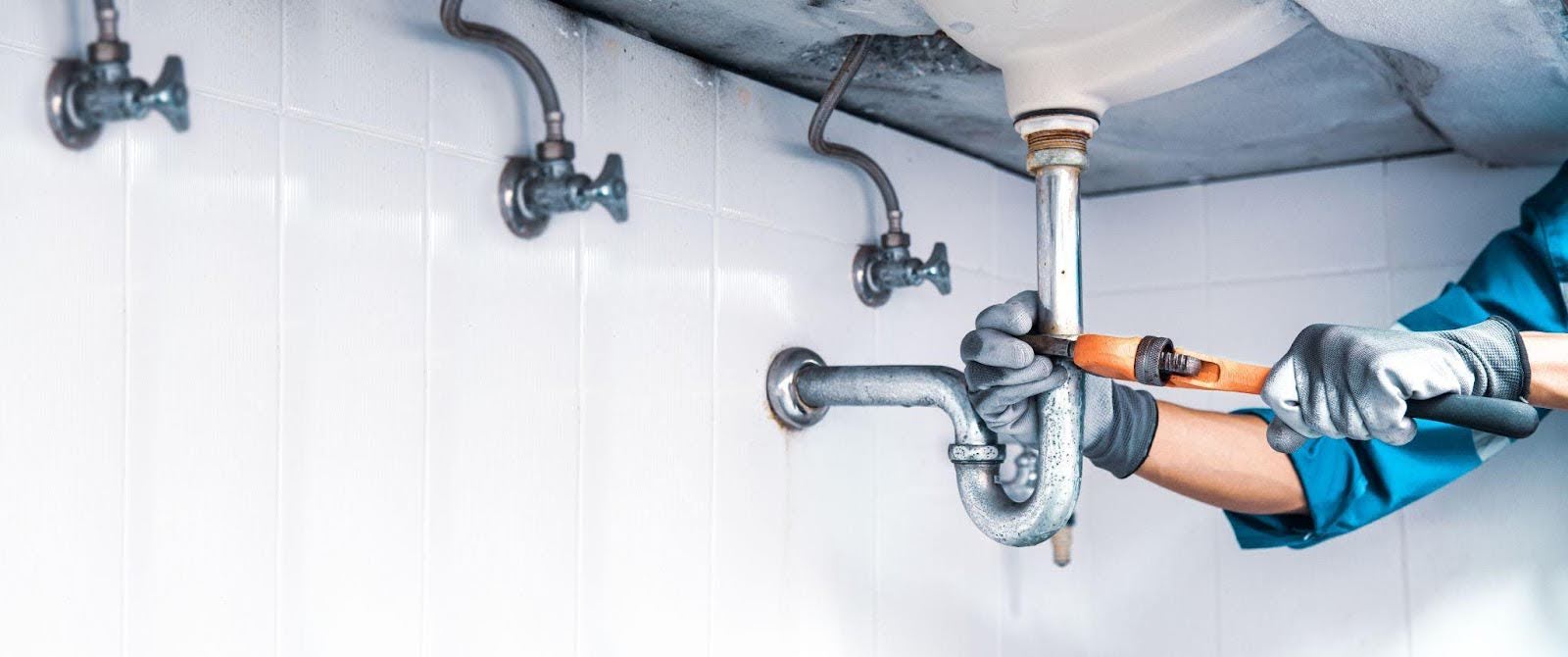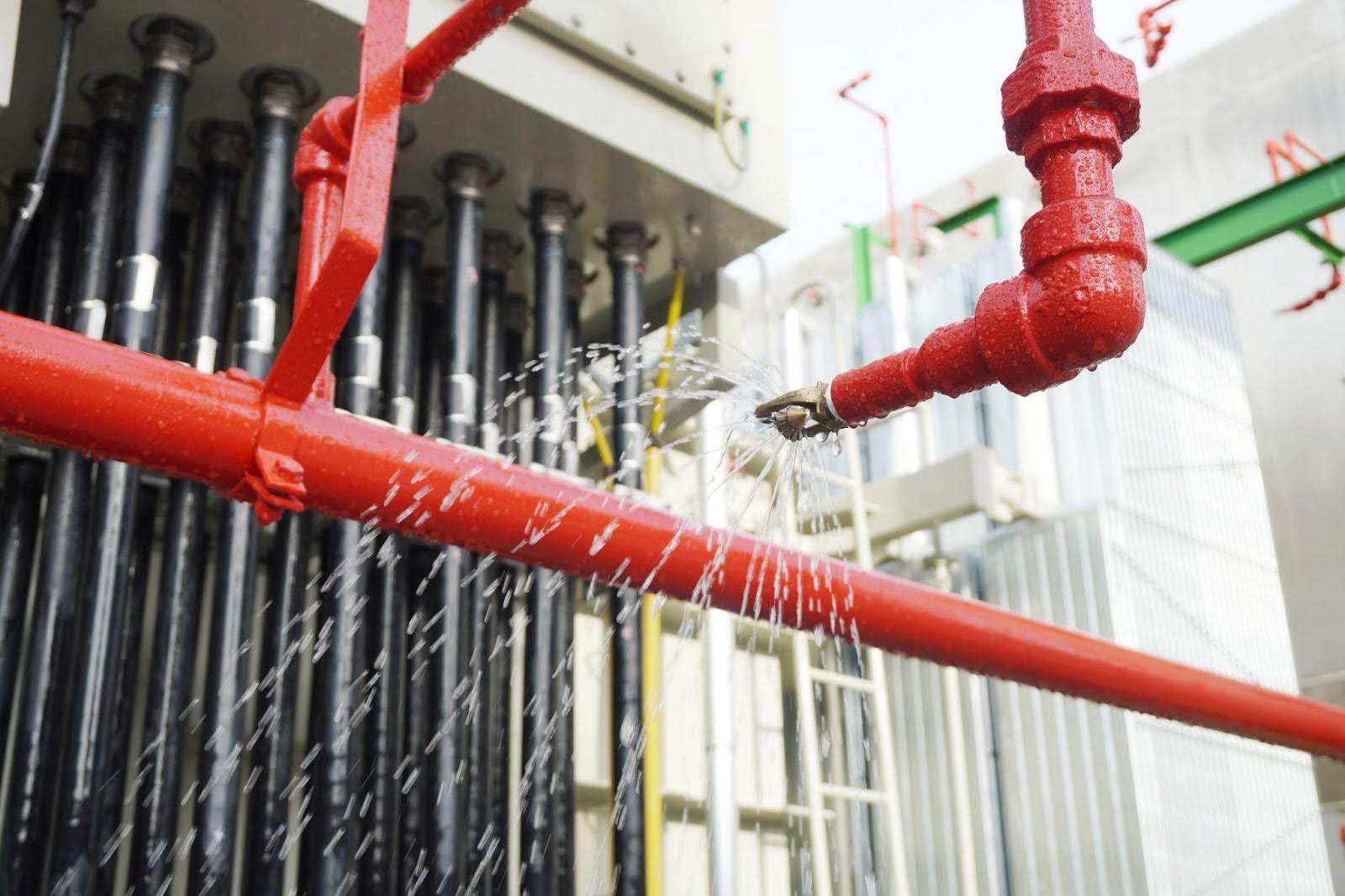Cleaning up after a burst water pipe can be overwhelming. You have to clean up in a timely manner to avoid water damage to your home, but where do you start?
The cleanup process for a burst water pipe involves taking necessary steps like turning off the water, removing standing water, assessing damage, drying out the area, cleaning and sanitizing, making repairs, and taking steps to prevent future damage.
This article will cover the best way to go about water cleanup after a burst pipe to protect your home from irreparable damage and extensive repairs.
Turn off the water
The first step in cleaning up after a burst water pipe is to turn off the water supply to the affected area. This will prevent further water damage and help limit the extent of the cleanup required. You can turn off the main water supply to the house by locating the main shut-off valve, which is usually found in the basement or near the street. If you cannot locate the main shut-off valve, or if it is not functioning correctly, you may need to call a plumber to assist you.
If the burst pipe is in a specific area of the house — such as a kitchen or bathroom — you can also turn off the water supply to that area by closing the valve behind the fixture. It is essential to locate and turn off the appropriate valves to stop water flow to the affected area.
Remove Standing Water and Dry Out the Area
Use a wet/dry vacuum or mop to remove as much standing water as possible. This step is important because standing water can cause further damage to the structure of your home and furnishings and can also create a breeding ground for mold and mildew.
If the amount of water is extensive, it may be necessary to use professional-grade water extraction equipment. In some cases, it may be required to remove flooring or drywall to access the water and remove it properly. Removing as much water as possible is vital to speed up the drying process and prevent further damage.
It is important to be careful when using electrical appliances in a wet environment, so make sure to unplug and move them to a safe, dry place. If the water has reached electrical outlets or appliances, it is best to turn off the power supply to the affected area and call in a professional electrician to check the wiring.
In case of sewage water intrusion, it is important to take extra precautions and to contact professional cleanup services. Use fans and dehumidifiers to dry out the area as much as possible — this will help to prevent mold and mildew growth.
Assess the Damage
Inspect the area for structural damage, such as warped floors or walls. Take note of any items that may have been damaged or need to be removed for cleaning.
Structural damage can occur as a result of water exposure, especially in the case of a burst pipe. Warped or swollen wood, cracked or loose tiles, and bulging or stained drywall are all signs of structural damage. Identifying these issues early on is crucial to prevent further damage and make necessary repairs.
Carpets, furniture, and electronic devices can be ruined by water exposure and should be assessed for damage. Any damaged items beyond repair should be removed and disposed of properly.
Clean and Sanitize
Cleaning and sanitizing is a crucial step in the cleanup process after a burst water pipe, as it helps to remove any dirt, grime, and bacteria that the water may have introduced. Using a mild detergent and warm water to clean all affected surfaces is important, as harsher chemicals may cause additional damage.
For surfaces such as walls and floors, it’s best to start by removing visible dirt and debris and then washing the surface with mild detergent and warm water. Rinse the surface with clean water and dry it thoroughly.
Furniture and personal items such as carpets and upholstered furniture should be cleaned and sanitized. This may require removing and cleaning the things separately or using specialized cleaning methods. Any items that cannot be cleaned or disinfected should be removed and disposed of properly.
It’s important to take note of any items contaminated by sewage water, as it can pose a health hazard and should be handled with extra precautions.
Restoration and Repair
Once the water has been removed, the area has been dried out, and all surfaces have been cleaned and sanitized, it’s time to address any structural damage that may have occurred. This may include repairing or replacing damaged drywall, flooring, or other building materials.
If the damage is extensive, it may be necessary to hire a professional contractor or restoration company to make the proper repairs. These professionals will have the necessary equipment, skills, and experience to repair or replace damaged materials and ensure that the area is safe and functional.
In addition to structural repairs, it’s important to replace any items that have been damaged beyond repair. This may include furniture, electronics, or personal items such as clothing or books. It’s important to document all the items and their condition for an insurance claim if applicable.
Prevent Future Damage
Finally, take steps to prevent future water damage by regularly fixing leaks and inspecting pipes.
Fixing leaks can include simple repairs, such as tightening a loose fitting or replacing a damaged valve, or more extensive repairs, such as replacing a section of pipe. It’s best to hire a plumber to locate and fix any leaks in the system.
Inspecting pipes regularly can help to identify potential issues before they cause damage — this may include checking for leaks, corrosion, or other signs of wear and tear.
Call the Experts at Salisbury Plumbing
If you’re experiencing the unfortunate aftermath of cleaning up after a burst pipe, get in touch with the professionals at Salisbury Plumbing. We offer 24/7 emergency services to mitigate water damage to your home.
Call us at 385-3751207 if you need immediate services, or fill out our online form for a free estimate today.
toto slot






